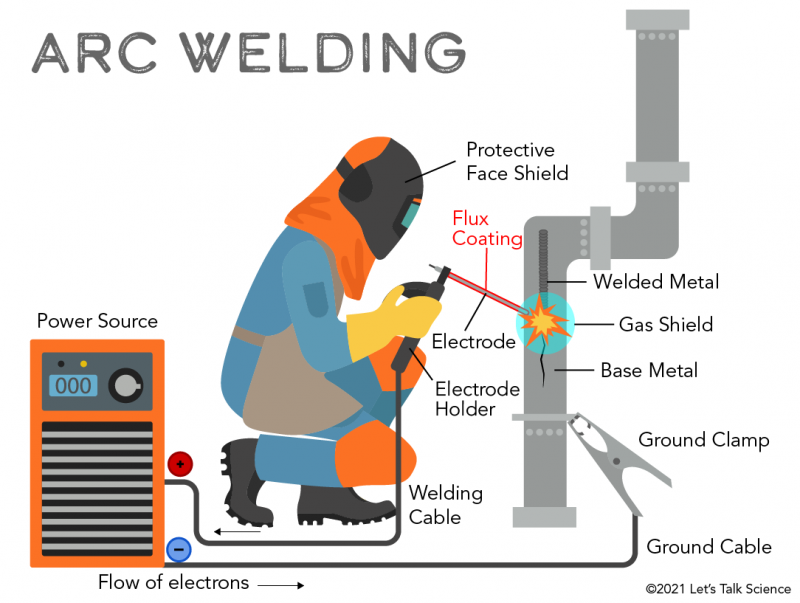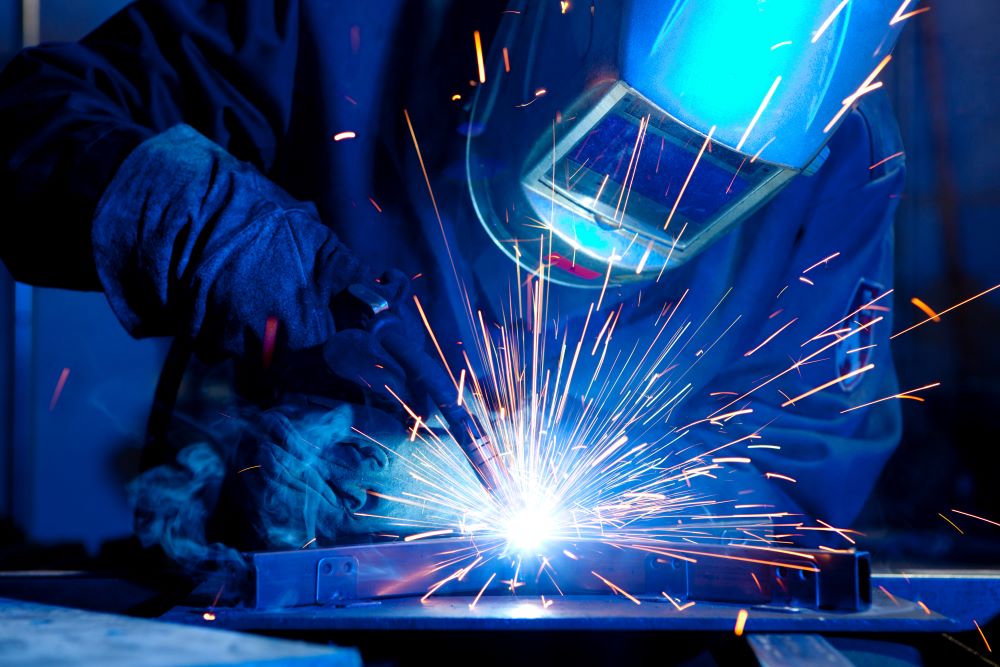Understanding Welding WPS: Comprehensive Overview for Welders
Understanding Welding WPS: Comprehensive Overview for Welders
Blog Article
The Ultimate Guide to Welding WPS Procedures: A Thorough Overview for Welders
In the complex globe of welding, Welding Treatment Specs (WPS) work as the backbone of making sure high quality, consistency, and safety and security in welding operations. Recognizing the subtleties of producing, executing, and keeping track of WPS procedures is important for welders aiming to boost their craft and satisfy industry requirements. As we explore the various elements of a WPS and discover the details of certification and certification, we will certainly uncover the crucial function these treatments play in the world of welding. Let's start a trip to untangle the complexities and importance of WPS treatments in welding practices.
Relevance of WPS Procedures
Comprehending the value of Welding Procedure Specs (WPS) treatments is essential for making certain the quality and integrity of welded frameworks. WPS procedures work as a roadmap for welders, detailing the needed actions, criteria, and materials needed to accomplish an audio weld. By adhering to WPS standards, welders can make certain uniformity in their job, causing structurally sound and reputable welds.
One of the main reasons why WPS treatments are crucial is their duty in maintaining weld top quality and stability. Following the defined welding parameters and techniques detailed in the WPS assists protect against issues such as porosity, fracturing, or incomplete fusion, which can jeopardize the strength and durability of the weld.

Elements of a WPS
A Welding Procedure Specification (WPS) usually comprises necessary parts that detail the details needs for executing a weld, making sure uniformity and top quality in the welding procedure. The essential elements of a WPS consist of vital variables such as base metals, filler steels, preheat and interpass temperature levels, welding procedures, shielding gases, welding positions, and post-weld warm treatment demands.
Base metals refer to the products being signed up with, while filler metals are used to fill the gap between the base metals during welding. Preheat and interpass temperatures are critical for managing the warmth input and stopping concerns like cracking or distortion. The welding process lays out the specific method to be used, whether it's gas steel arc welding (GMAW), shielded steel arc welding (SMAW), or another technique. Securing gases secure the weld pool from climatic contamination. Welding placements define the orientations in which welding can be carried out. Post-weld warm therapy might be needed to soothe stresses and boost the weld's residential properties. A thorough understanding of these components is critical for producing a efficient and extensive WPS.

Credentials and Certification
Having developed the necessary components of a Welding Procedure Spec (WPS), the focus currently shifts towards the essential facets of credentials and qualification in welding methods.

Certification, on the other hand, is the official acknowledgment of a welder's credentials important site by an appropriate certification body or organization. Welding qualifications are usually based upon the particular welding procedures, products, and positions a welder is qualified to deal with. Holding a valid welding accreditation shows that a welder satisfies sector requirements and is qualified to perform welding jobs to the required requirements.
Creating a WPS
To develop a Welding Treatment Requirements (WPS) resource that meets sector criteria, cautious consideration of welding procedures, materials, and functional parameters is essential (welding WPS). The first step in developing a WPS is to identify the welding procedure to be utilized, such as gas steel arc welding (GMAW) or protected steel arc welding (SMAW) When the welding process is figured out, the next critical facet is selecting the appropriate products, thinking about aspects like base steel type, density, and joint style. Functional specifications such as welding present, voltage, traveling rate, and protecting gas composition have to also be carefully specified in the WPS.

Implementing and Keeping An Eye On WPS
Upon settling the extensive Welding Treatment Specification (WPS) that carefully information welding procedures, materials, functional criteria, and top quality guarantee steps, the focus moves to efficiently implementing and keeping track of the established procedures. Execution entails making sure that all welders included in the project are familiar with the WPS and follow it carefully during the welding process. This needs providing sufficient training and guidance to this content guarantee adherence to the specified treatments. Checking the WPS involves continuous oversight to verify that welding activities straighten with the recorded requirements. Inspections, testing, and high quality control actions are crucial elements of the surveillance process to recognize any issues or variances immediately. Normal audits and reviews of the welding procedures aid in maintaining uniformity and top quality throughout the job. Reliable implementation and tracking of the WPS are essential for ensuring the integrity, stamina, and safety and security of the bonded joints, ultimately contributing to the overall success of the welding project.
Final Thought
Finally, understanding and following Welding Treatment Requirements (WPS) is critical for welders to make certain quality, uniformity, and safety and security in their work. By understanding the elements of a WPS, getting appropriate credentials and accreditations, creating thorough procedures, and implementing and checking them efficiently, welders can boost their skills and efficiency in welding practices. Abiding by WPS procedures is necessary for generating top quality welds and conference market standards.
In the complex globe of welding, Welding Procedure Requirements (WPS) serve as the foundation of ensuring quality, consistency, and security in welding procedures. The welding procedure outlines the particular technique to be used, whether it's gas metal arc welding (GMAW), shielded steel arc welding (SMAW), or one more technique.To develop a Welding Procedure Spec (WPS) that meets industry criteria, careful consideration of welding procedures, materials, and operational specifications is crucial. The first step in creating a WPS is to determine the welding process to be used, such as gas metal arc welding (GMAW) or shielded metal arc welding (SMAW)Upon completing the thorough Welding Procedure Requirements (WPS) that carefully information welding processes, materials, functional criteria, and quality guarantee measures, the emphasis changes to properly implementing and keeping an eye on the recognized procedures.
Report this page